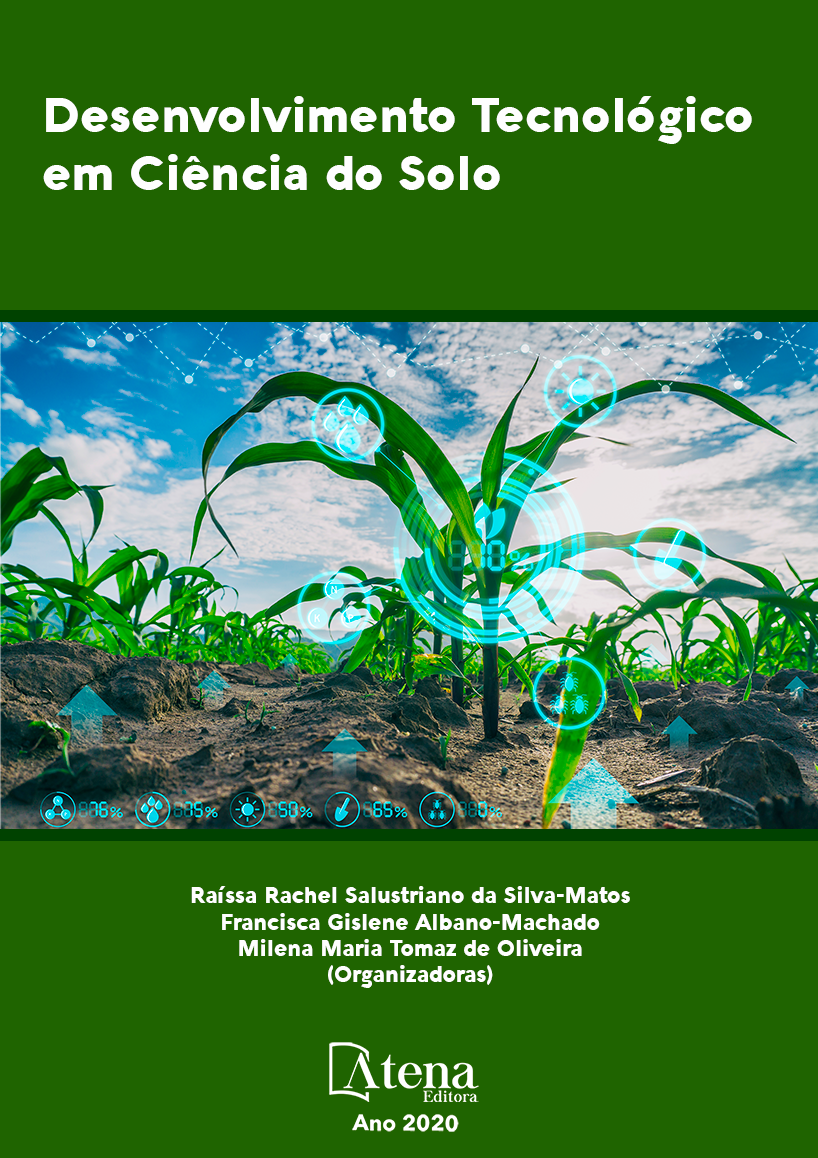
CALAGEM E GESSAGEM PELA PORCENTAGEM DE CA NA CTC E CTCE, EM SISTEMA AGROPASTORIL
Para ajudar a sanar dúvidas quanto a dose ideal de gesso a ser utilizada e verificar o efeito da calagem e gessagem, baseadas na porcentagem de cálcio na capacidade de troca de cátions (CTC) e capacidade de troca de cátions efetiva (CTCe), sobre as características agronômicas da cultura do milho e sobre os atributos químicos do solo, sob sistema agropastoril, foi realizada uma pesquisa na região Noroeste Paulista. O delineamento experimental utilizado foi em blocos casualizados com quatro repetições, utilizando-se três tratamentos: T1 - aplicação de calcário e gesso agrícola em superfície para estabelecer que, respectivamente, o cálcio ocupe 70% da CTC na camada de 0-0,20 m e 60% da CTCe na camada de 0,20-0,40 m; T2 - aplicação de calcário e gesso agrícola em superfície para estabelecer que o cálcio ocupe 52,5% da CTC na camada de 0-0,20 m e 45% da CTCe na camada de 0,20-0,40 m; T3 - aplicação de calcário e gesso agrícola em superfície para estabelecer que o cálcio ocupe 35% da CTC na camada de 0-0,20 m e 30% da CTCe na camada de 0,20-0,40 m. Constatou-se que a calagem e gessagem aplicadas quatorze dias antecedendo a semeadura do milho não influenciaram suas características agronômicas. O T1 proporciona maiores teores de S-SO4 que T2 e T3 na camada de 0-0,40 m. Os tratamentos T1 e T2 elevam a saturação por bases na camada de 0,20-0,40 m. A aplicação de calcário e gesso agrícola, considerando-se a porcentagem de cálcio na CTC, na camada de 0-20 m e, na CTCe, na camada de 0,20-0,40 m, reduz o teor de Al na camada de 0,20-0,40 m de Argissolo sob sistema agropastoril, na região Noroeste Paulista.
CALAGEM E GESSAGEM PELA PORCENTAGEM DE CA NA CTC E CTCE, EM SISTEMA AGROPASTORIL
-
DOI: 10.22533/at.ed.6232010084
-
Palavras-chave: Sistemas sustentáveis de produção agropecuária, Atributos químicos do solo, Zea mays L.
-
Keywords: Sustainable agricultural production systems, Chemical soil attributes, Zea mays L.
-
Abstract:
To help answer questions about the ideal dose of gypsum to be used and to verify the effect of liming and gypsum application, based on the percentage of calcium in the cation exchange capacity (CTC) and effective cation exchange capacity (CTCe), on the agronomic characteristics of the maize crop and on the chemical attributes of the soil, under an agropastoral system, a research was carried out in the Northwest region of São Paulo State. The experimental design used was in randomized blocks with four replications, using three treatments: T1 - application of lime and gypsum agricultural on the surface to establish that, respectively, calcium occupies 70% of CTC in the 0-0.20 m layer and 60% of the CTCe in the 0.20-0.40 m layer; T2 - application of lime and gypsum agricultural on the surface to establish that calcium occupies 52.5% of the CTC in the 0-0.20 m layer and 45% of the CTCe in the 0.20-0.40 m layer; T3 - application of lime and gypsum agricultural on the surface to establish that calcium occupies 35% of the CTC in the 0-0.20 m layer and 30% of the CTCe in the 0.20-0.40 m layer. It was found that the lime and gypsum applied fourteen days before sowing the maize did not influence its agronomic characteristics. T1 provides higher levels of S-SO4 than T2 and T3 in the 0-0.40 m layer. The T1 and T2 treatments increase the base saturation in the 0.20-0.40 m layer. The application of lime and gypsum agricultural, considering the percentage of calcium in the CTC, in the 0-20 m layer, in the CTCe, in the 0.20-0.40 m layer, reduces the Al content in the 0.20-0.40 m layer of Ultisol under an agropastoral system, in the Northwest region of São Paulo State.
-
Número de páginas: 15
- Pedro Henrique Gatto Juliano
- Isabela Malaquias Dalto de Souza
- Rogério Soares de Freitas
- Jorge Luiz Hipólito
- Adriano Custódio Gasparino
- Flávio Sueo Tokuda
- Wander Luis Barbosa Borges


